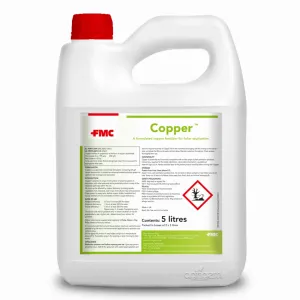We've had lots of messages and calls for general advice on getting the best out of an allotment, as well as treating pests and deficiencies. In July there are lotds of general jobs that need doing:
July is usually one of the driest months, so watering is going to be essential. To help with this, we’d recommend hoeing regularly to break up the soil and remove weeds. Water all crops at least once a week in the cool of the morning or evening.
Harvesting
Garlic and shallots should be ready to harvest as the foliage begins to become yellow and straw-like. They make fantastic ingredients for dishes such as bolognese, or as a topping on a pizza.
You should also be ready to pick the first of the early tomatoes, plums, pears, apples and artichokes, If the artichoke is into it’s second year then cut off the top bulb once it’s big and swollen with a couple of inches of stem attached.
You can lift autumn planted onions for immediate use. Rhubarb can be picked until the end of the month. You should be able to begin harvesting the main crop of your strawberries now as well - yummy! Just need the sunny weather now...
Sowing seeds
July is the ideal time to start sowing the seeds of the overwintering crops of kales, spring cabbage, radicchio, chicory, beet, spinach and a hardy type of onions to mature in the early summer of next year. Now would be the best time to sow the main crop of carrots to avoid attack from root fly. You should also plant out the last of your pumpkins, marrow, squashes, overwintering cabbages and leeks. Make sure you cover with netting to help protect them from birds.
Tip – Start to draw the soil up around the base of Brussels sprouts and sweet corn plants to encourage extra roots.
Pests and Diseases
Potato blight is a high risk around this time, particularly if the weather is wet and humid. You can use fungicides containing copper such as Headland Liquid Copper, this should be sprayed from as early as June onwards if a wet July is predicted. (We’d suggest a crop rotation the following year). The infected plant should be binned or burned but not placed into your compost as this will not kill the disease but actually cause infection the following year.
The main pests are aphids, cabbage white butterfly caterpillars and pea moth. There are chemical controls for these pests but the right product vary depending on the exact scenario. Feel free to refer to our Plant health Insecticides page which also includes a range biological pesticides solutions.




